The thing about the Punisher is that he’s a fairly one-dimensional character, so every so often the folks at Marvel come up with a desperate attempt to make things more interesting. And while they may not always succeed from a quality standpoint, it’s damn entertaining to watch them try!
Frank Castle’s saga has gone in some pretty crazy directions. They’ve tried making Frank black (insert Rachel Dolezal joke), a mobster, an agent of S.H.I.E.L.D., an angel of vengeance (literally!), and even a Frankenstein monster (yep, as awesome as it sounds). The most daring plan, however, was unleashing Garth Ennis on the property!
Garth Ennis earned a reputation in the 1990s as one of the funniest writers working in mainstream comics, albeit with a raunchy, politically incorrect sense of humor largely based on extravagant sex and violence, not to mention physical deformity. Notably, Ennis didn’t hide his contempt for the world of superheroes – and while he later took this tendency to a mean-spirited extreme in The Boys, at the time it was still quite refreshing to see such a high-profile creator turn icons like Batman into the butt of his jokes.
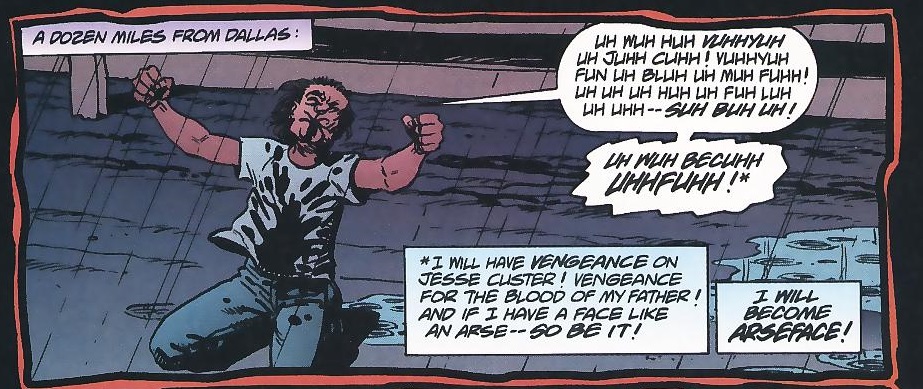 Preacher #4
Preacher #4
This is what makes it so cool that the biggest publishers let Garth Ennis play in their sandbox. DC in particular has allowed Ennis to carve out his subversive little corner within larger, in-continuity franchises. He had John Constantine piss on the Phantom Stranger and smoke marijuana growing out of the Swamp Thing on the pages of Hellblazer. He mocked The Sandman’s pretentious mythology on the pages of The Demon. He hilariously humiliated popular characters like Lobo and, especially, Green Lantern on the pages of Hitman. He teamed up the gay superhero couple Apollo and Midnighter with a homophobic ex-SAS operative called Kev.
Marvel got the Ennis treatment, first with 1995’s one-shot The Punisher Kills the Marvel Universe, then with the kickass limited series collected as Welcome Back, Frank, and finally with an ongoing Punisher series that lasted from 2001 to 2004. The fact that the last two were published through the Marvel Knights imprint probably gave Ennis a bit more leeway in terms of pushing the envelope, so he took the opportunity to outrageously disgrace the likes of Daredevil, Spider-Man, and Wolverine.
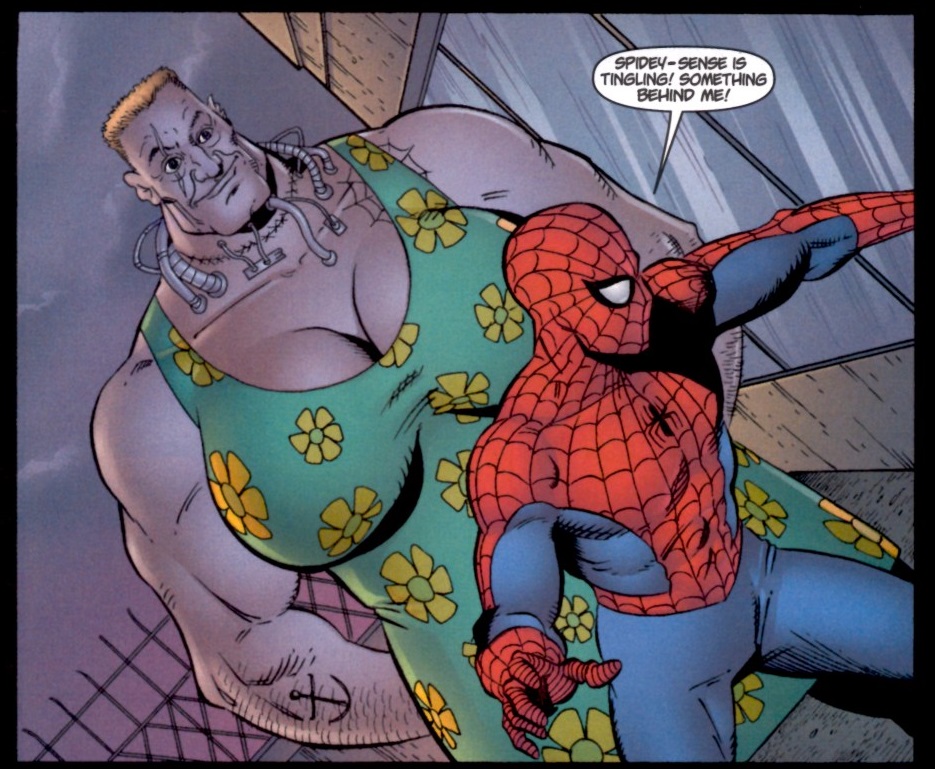 The Punisher (v6) #2
The Punisher (v6) #2
Up until that point, the Punisher’s comics had been mostly crime/action stories that happened to include funny one-liners. By contrast, Garth Ennis’ early work with the character was a straight-up black comedy that happened to include great crime/action set pieces.
We’ve seen more of this approach since then. Peter Milligan brought his surrealist wit into Wolverine/Punisher. On the more lowbrow end of the spectrum, Daniel Way went for a Loony Tunes-esque feel in Punisher vs. Bullseye. Matt Fraction worked some twisted humor into his run on Punisher War Journal (the issues ‘Small Wake for a Tall Man’ and ‘Survivors Guild’ especially stand out).
Although action-driven spectacle and iconoclastic comedy can work well together (RoboCop, Demolition Man, Machete), few can merge the two as well as Garth Ennis. He is as skilled at making you laugh as at delivering visually striking ‘awww yeah’ moments, such as the one at the end of the first issue of Welcome Back, Frank, where the Punisher throws a gangster off the Empire State Building just to spread the word that he’s back in town.
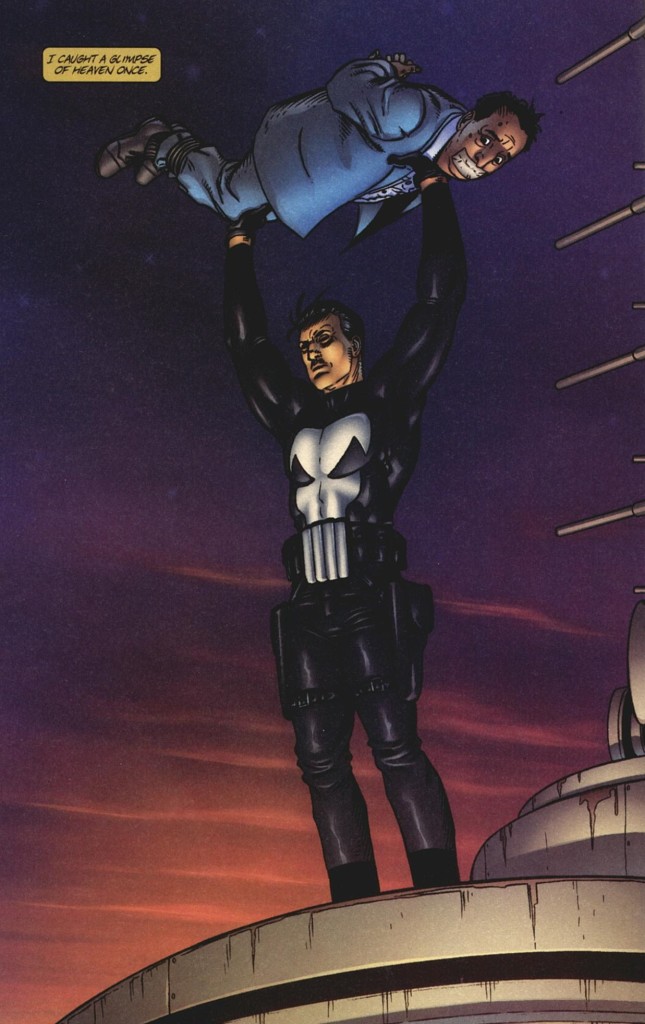 The Punisher (v5) #1
The Punisher (v5) #1
Of course it helped that Steve Dillon was on art duty. Dillon is an amazing storyteller who can just as easily pull off comedic, action-packed, and dramatic sequences with perfect timing. Plus, after eight years of partnership on Hellblazer and Preacher, Dillon had developed a great rapport with Garth Ennis – and it really shone through in the way the duo kept coming up with ingenious ways to show the Punisher eliminating his opponents.
Ennis also nailed Frank Castle’s inner voice. Stoic, pragmatic, and driven-as-hell – it was the voice of an obsessive killing machine.
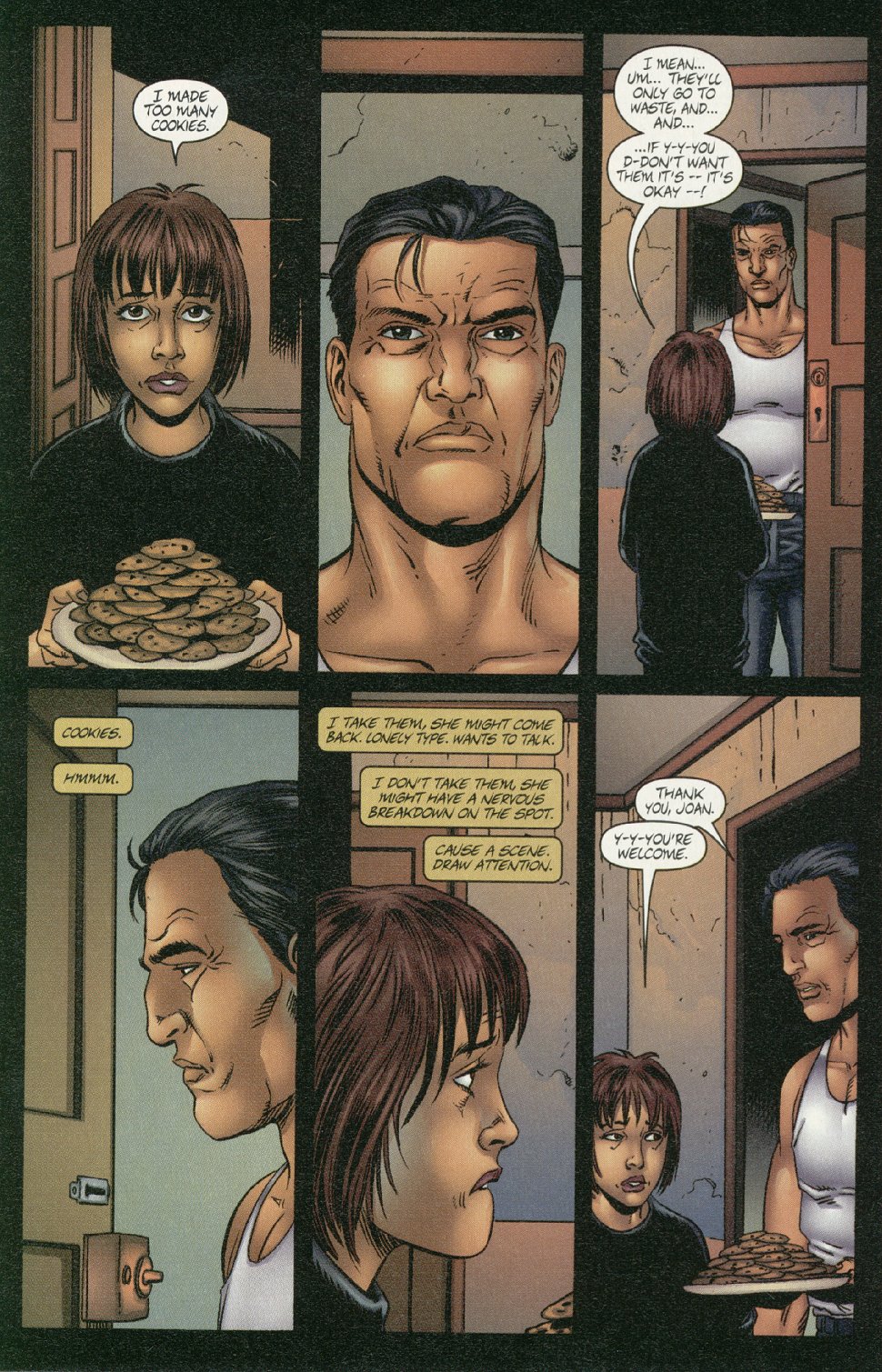 The Punisher (v5) #2
The Punisher (v5) #2
This matched Garth Ennis’ take on the whole concept of the Punisher. Rather than engaging with Frank Castle’s humanity or with the ideological implications of his actions, at first Ennis treated the Punisher as just an effective story device – a single-minded SOB to be thrown into absurd situations and against despicable villains in order to get laughs or primeval satisfaction.
Indeed, Welcome Back, Frank made the point that the character can be a fun aberration to read about without necessarily being treated as a role model. In the series, a bunch of new vigilantes applied the Punisher’s fundamentalist methods to their own causes: a Catholic priest killed sinners, a Michael Moore-like social crusader killed CEOs, and an upper class yuppie killed those who didn’t fit into his elitist view of his rich neighborhood. When they eventually tried to recruit Frank Castle into their gang, though, they found out that even the Punisher saw himself as an exception rather than the rule:

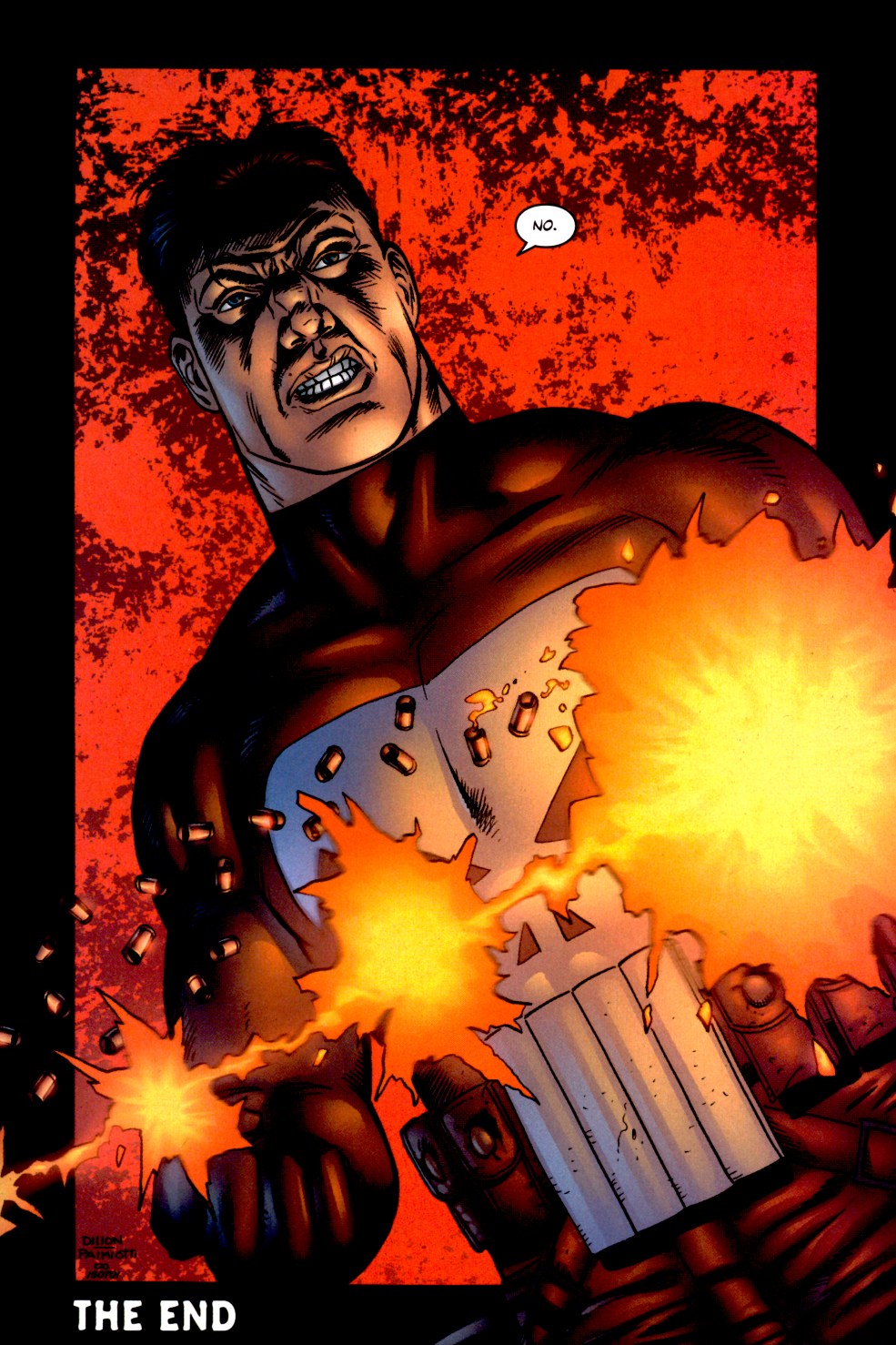 The Punisher (v5) #12
The Punisher (v5) #12
The longer Garth Ennis worked on The Punisher, the more the tone began to shift, the laugh-out-loud issues gradually alternating with more serious crime tales like ‘Brotherhood’ and ‘Streets of Laredo.’ Maybe Ennis ran out of gags. Or maybe there is only so long you can write about a relentless serial killer before your own misanthropic urges come to the surface. Or maybe, as the comic itself suggested in the last issue (in a callback to the earlier Empire State Building scene), it’s just that in the aftermath of 9/11 New York City didn’t seem like such an amusing place anymore:
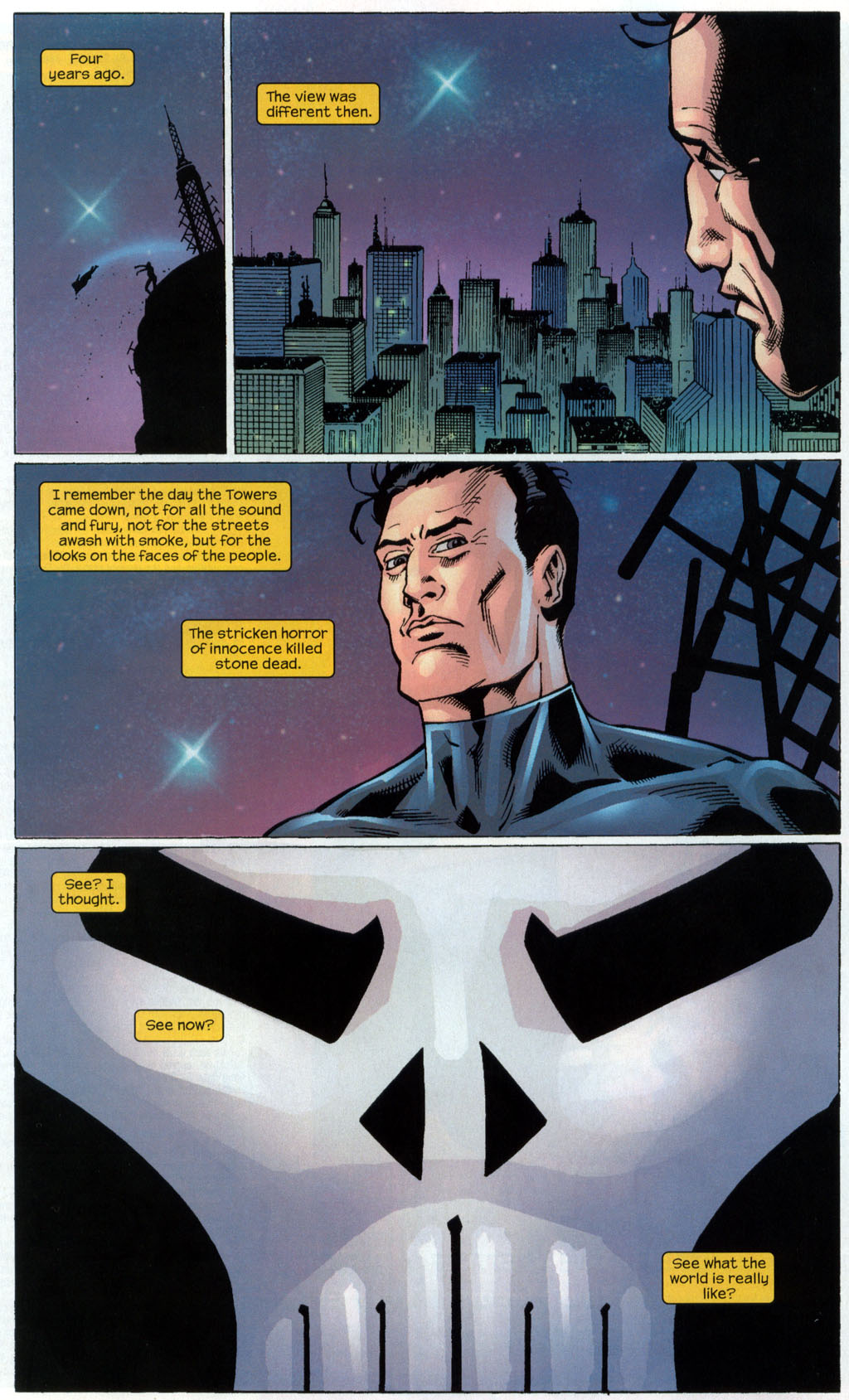 The Punisher (v6) #37
The Punisher (v6) #37
Truth be told, there had always been themes Ennis seemed to care sincerely about underneath all the juvenile jokes, such as religious dogma, male comradery, and the conflict in his native Northern Ireland. These were all topics he had poignantly addressed in one form or another in Hellblazer, Preacher, and Hitman – and sure enough, they found their way into The Punisher as well. (He would go on to explore them in a much more somber style in another series with the same character, The Punisher MAX, which I’ll discuss later this month.) Ennis’ work sometimes reminds me of Martin McDonagh’s play The Lieutenant of Inishmore or Tom Sharpe’s novel Riotous Assembly in that they all use pitch-black humor simultaneously as a form of gross-out slapstick and as a sardonic satire of real world violence.
Ennis capped this run with the neat The Punisher: The End. Although published by MAX Comics, The End is a perfect coda to Ennis’ previous work under the Marvel Knights imprint (much more so than The Resurrection of Ma Gnucci, the uninspired sequel to Welcome Back, Frank he did years later). This unforgettable one-shot takes place in a post-apocalyptic future where the Earth has been devastated by a Third World War and where there are only a handful of humans left alive… and where Frank Castle continues to go about looking for people to kill. The point is that the Punisher’s mission was never about making the world a nicer place per se – it was just about, for lack of a better word, punishing those who deserve punishment according to Frank’s uncompromising standards.
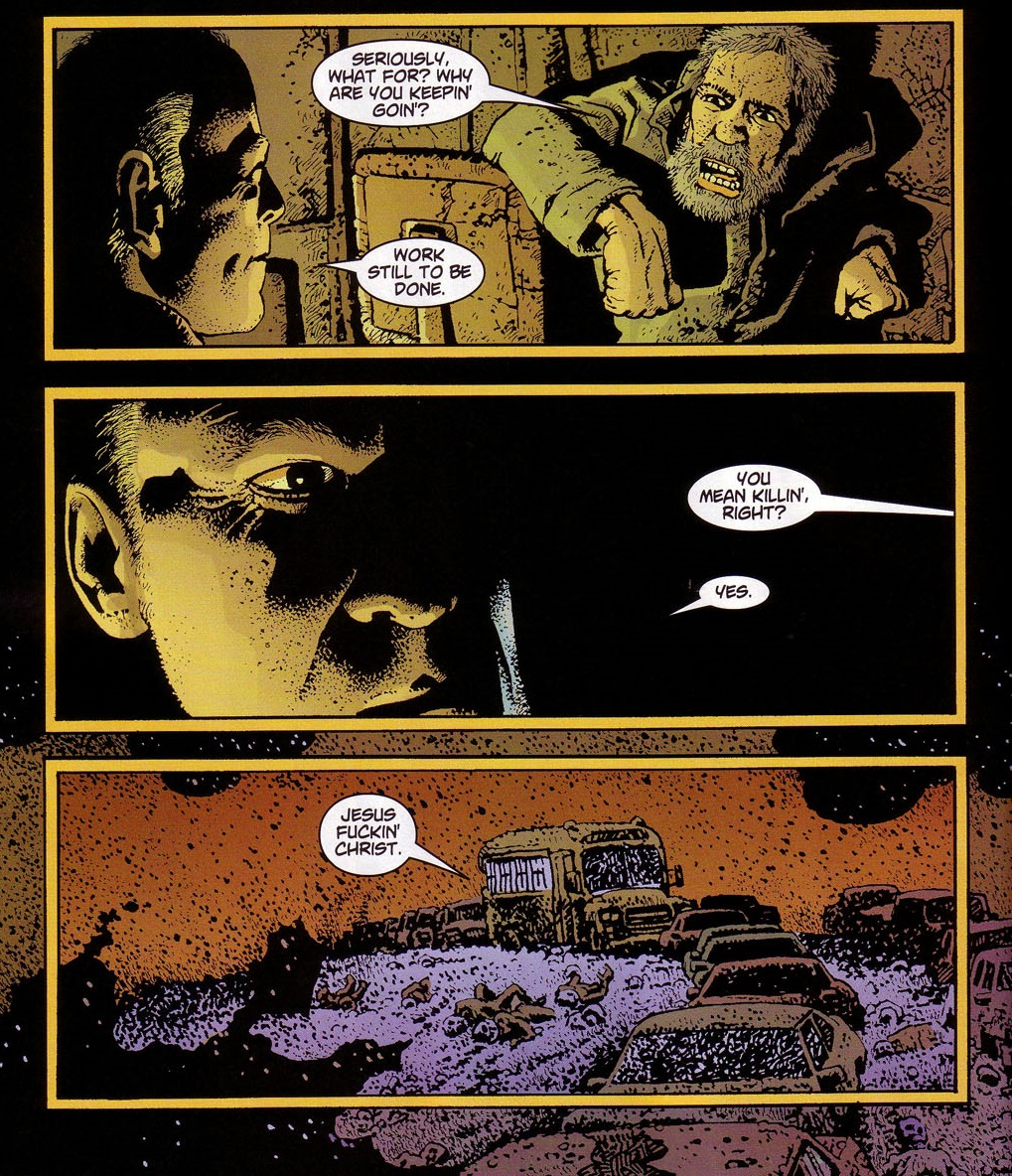 The Punisher: The End
The Punisher: The End
It all goes back to how limited a character the Punisher is. Without many feelings or a hint of self-doubt, there isn’t that much you can do with Frank himself, so you have to invest extra hard in making the readers care about the people around him (most of which usually don’t survive the story).
I vaguely recall an interview with Chuck Dixon about how, even at the height of the early ‘90s Punisher craze, the character always sold better when he showed up in series other than his own, locking horns with popular heroes. I guess it’s more appealing to see the Punisher as a terrifying force of nature than to actually be privy to his disturbing private thoughts… Dixon therefore argued that Frank Castle should become ‘the villain in his own comic,’ shifting the series’ focus to the cops chasing the Punisher. Both Garth Ennis and Matt Fraction toyed with this idea – and more recently, it was at the core of Greg Rucka’s run in 2011-2013:
Greg Rucka’s comics were really much less concerned with the Punisher than with how various characters reacted to him – cops, reporters, marines, criminals, and ultimately superheroes (especially in the follow-up series, Punisher War Zone). Frank Castle practically played a supporting role most of the time. You didn’t even see him utter a word until the end of the third issue!
The series started out highly decompressed, which is not everyone’s cup of tea, and it was a bit muddled by Marvel’s crossover fetishism, but it goes without saying that these were some damn good crime comics. After all, they were written by Greg Rucka, who is a master of capturing authentic-sounding dialogue and behavior by world-weary professionals. He can also write interesting and convincing street level stories about superpowers better than most, as he proved once again with the outstanding issue #11.
Rucka’s work does beg the question, though, of how far you can actually go in terms of problematizing a leading character and the consequences of his actions in a mainstream comics universe that revolves around basic formulas and is notoriously adverse to long-term change. That’s precisely what we’ll be examining next week.
NEXT: Vigilante.


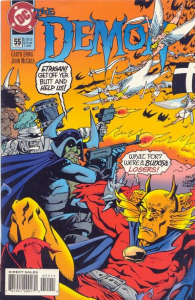
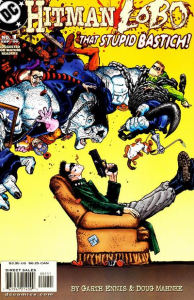
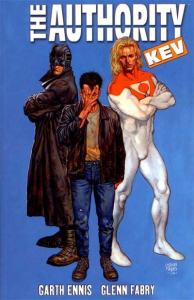
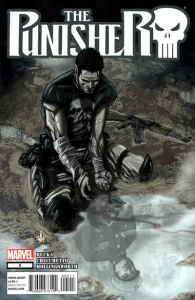
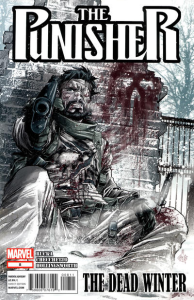
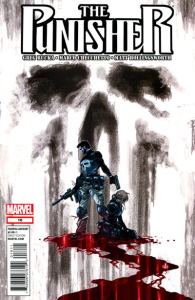
Yeah I see what you are saying. But the attempts to make The Punisher more three dimensional was not as bad as you think. You pointed out the one where he kills the Marvel universe. Well that one is one of the most beloved Punisher comics off all time. So how bad could it have been? You can read more about the comic here http://www.orgamesmic.com/punisher-kills-marvel-universe/